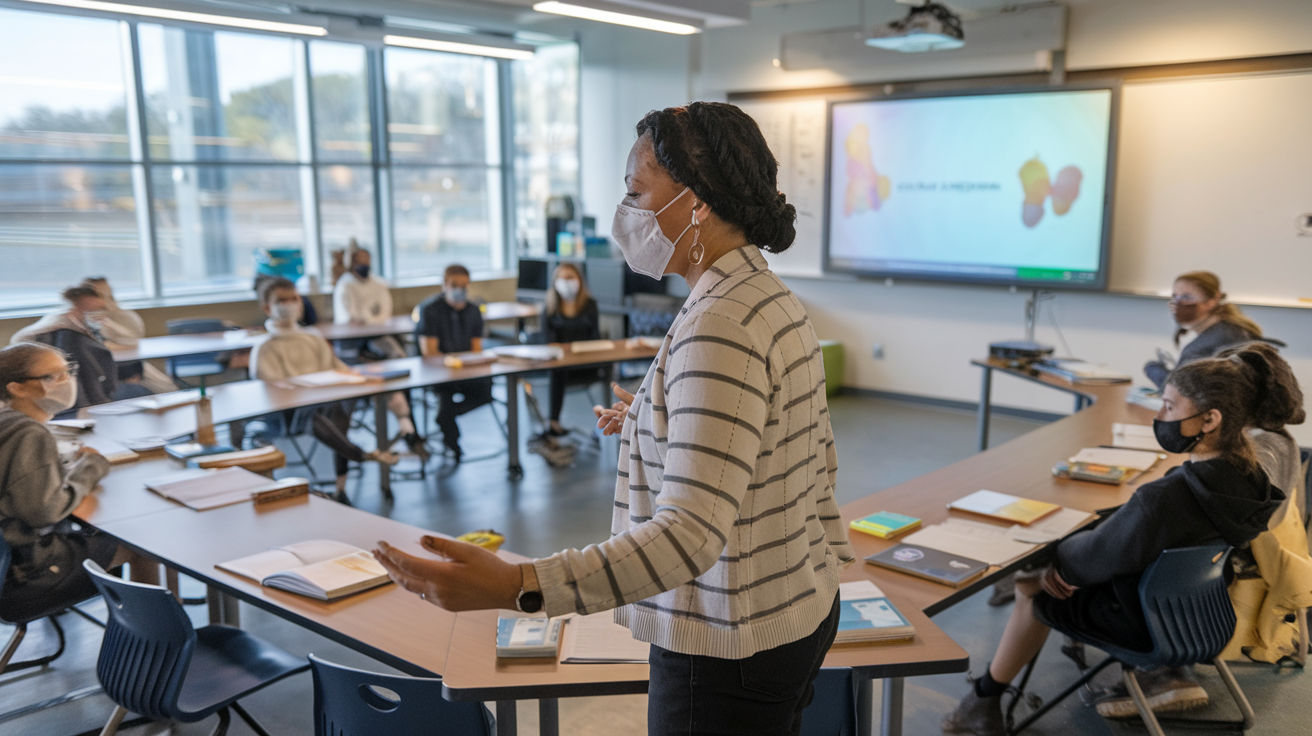In recent years, the shift to remote and hybrid learning has transformed the education landscape. With the increasing need for accessible, engaging, and effective teaching methods, educational videos have emerged as a game-changing solution. Combining visual and auditory elements, not only makes learning more dynamic but also caters to diverse learning styles. Here’s how educational videos are making a difference in remote and hybrid learning setups.
Engaging Students Beyond the Classroom
Traditional classroom settings rely heavily on face-to-face interaction, which is often challenging to replicate in remote or hybrid models. Educational videos bridge this gap by providing engaging and interactive content that keeps students focused. Teachers can use an educational video maker tool to create customized lessons that align with their curriculum. These tools simplify video creation, enabling educators to design professional-quality videos with animations, voiceovers, and captions.
For example, videos can explain complex topics like science experiments or historical events in a way that textbooks cannot. Students can pause, rewind, or replay these videos, ensuring they fully understand the material at their own pace.
Flexibility for Diverse Learning Needs
One of the biggest advantages of educational videos is their adaptability. In a hybrid learning setup, some students attend in-person classes while others join virtually. Videos act as a unifying medium, ensuring that all students have access to the same content. Educators can upload video lessons to online platforms, allowing students to revisit them anytime, anywhere.
Interactive Learning for Better Retention
Educational videos have evolved from passive content to interactive tools. Features like quizzes, clickable links, and discussion prompts integrated into videos promote active participation. This interactivity not only boosts engagement but also improves knowledge retention.
For instance, teachers can use videos to present real-world problems and ask students to brainstorm solutions. Such an approach encourages critical thinking and makes learning more practical. Tools like AI video makers simplify this process by automating script creation and adding interactive elements, saving teachers valuable time.
Building a Consistent Learning Environment
In hybrid learning environments, maintaining consistency can be a challenge. Teachers might deliver lessons differently to in-person and remote learners, creating gaps in understanding. Educational videos ensure consistency by delivering the same message to all students. Pre-recorded lessons also help teachers manage their time better, allowing them to focus on individual student needs during live sessions.
Encouraging Self-Paced Learning
Remote learning demands a level of independence that can be daunting for some students. Educational videos alleviate this pressure by allowing self-paced learning. Students can revisit lessons as many times as needed to grasp the concepts. This autonomy fosters a deeper understanding of the subject and promotes self-confidence.
AI-powered video makers enhance this experience by automatically generating summaries, adding key points, and tailoring content to individual learning preferences. For instance, students struggling with a topic can watch simplified versions of the video, while advanced learners can explore additional resources embedded within the content.
Preparing for the Future of Education
As technology continues to advance, educational videos will remain at the forefront of remote and hybrid learning. The integration of AI, augmented reality (AR), and virtual reality (VR) into video content will make learning even more immersive and impactful. AI tools already simplify the video creation process, enabling teachers to focus on what truly matters—teaching.
By leveraging an AI video maker app, educators can keep pace with these trends and provide students with innovative learning experiences. These apps offer features like automatic transcription, real-time translation, and adaptive learning paths, ensuring that every video serves its intended purpose effectively.
Conclusion
Educational videos are reshaping the way we approach remote and hybrid learning. Their ability to engage, inform, and inspire students across diverse settings makes them an indispensable tool for educators. Whether through an educational video maker tool or an AI video maker app, teachers can create content that not only meets the demands of modern education but also prepares students for a technology-driven future. As we continue to navigate the challenges of remote and hybrid learning, educational videos remain a cornerstone of effective teaching strategies.

